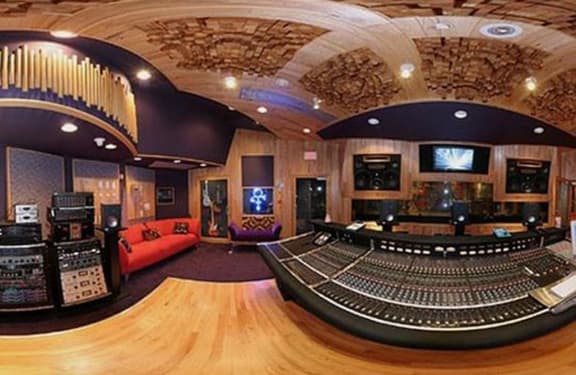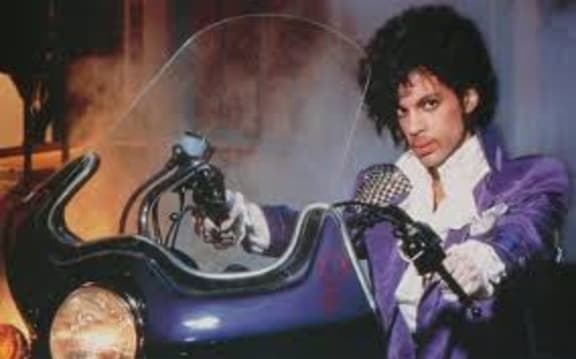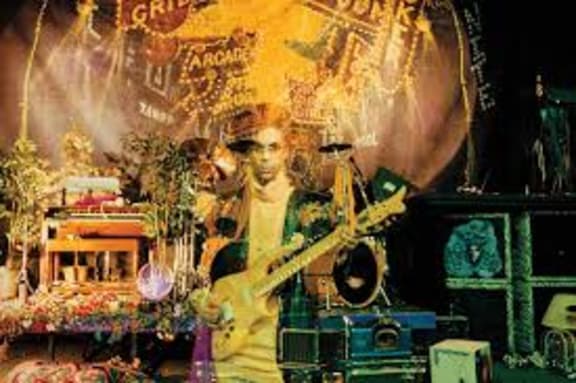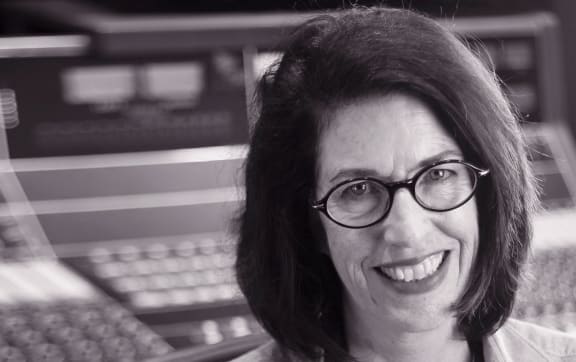Susan Rogers always dreamed of working in the recording industry and then along came a prince, the Prince, who along with her tenacity helped make the dream come true.
While working as a tech at the studio where Crosby, Stills and Nash recorded, Prince tapped Rogers to come and work with him.
She became the sound engineer on his most successful albums like Purple Rain and Sign o’ the Times. At the height of her powers, she decided to pursue a different dream and do a PhD and is now a professor at Berkley College of Music.
Prince had an instinct for who he wanted to work with and he liked to work with women, she told Jesse Mulligan, when he hired her Prince was at a creative and commercial zenith.
“The last thing he needed as a one-man operation in a sense was a lot of challenge, he would not have had the time or the energy to fight off challengers who might want to go head to head with him for positions of dominance.”
Women tend to be less competitive, she says.
“I know men quite well and they seldom pass up the opportunity to compete with one another, women aren’t quite like that, so having women in his band and as his engineer made it a little bit easier, it removed one certain kind of distraction.”
But more importantly, she says, is Prince really liked women.
“He was one of those guys who would have been friends with women in high school, real platonic friends.”
And a third reason was Prince’s love of the outsider, she says.
“Certainly, in the technical roles, there weren’t that many women at that time, so that was one of the reasons why he gave me a chance.”
Making her his sound engineer despite her lack of experience was typical of Prince, she says.
“I was kind of just wet clay that he could shape and mould to teach me his sound and how he liked things to sound.”
His genius, Rogers says, lay in his dazzling array of talents.
“If you had to name one it would be that he was remarkably skilled and inventive in so many different areas, it’s unheard of let’s say for someone who plays guitar as well as a Jimi Hendrix or Keith Richards or Carlos Santana to be equally, if not more, adept on piano and to be strongly adept on drums and to have that voice, to be that singer.”
As well as song writing, his production skills were peerless, she says.
“He was a genius for arrangement and instrumentation and timbre and knowing how tones and their arrangement would serve his compositions.
“Truly, truly extraordinary. I’ve said in writing before that he had a watchmaker’s knack for fitting together the individual components of his records.”
And that was back in the days of analogue, she says.
“Everything he did from the rhythm, to the melody, to the harmony, to the chord progressions, everything needed to be expressed in 24 tracks.
“Today’s record makers with DAWs (digital audio workstation) they are 300 tracks … he felt if you couldn’t say it in 24 tracks you were doing something wrong.”
Sign o’ the Times, which came out in 1987, has just been re-released as a box set.
“There are 94 pieces of music on there, I recorded all but just a few, and we did it all in the space of one year.
“Warner Bros records has been saying that 94 pieces of music is more than Michael Jackson recorded in the 1980s and more than Jimi Hendrix recorded in his entire recording career, Prince and I did those pieces in one year.”









